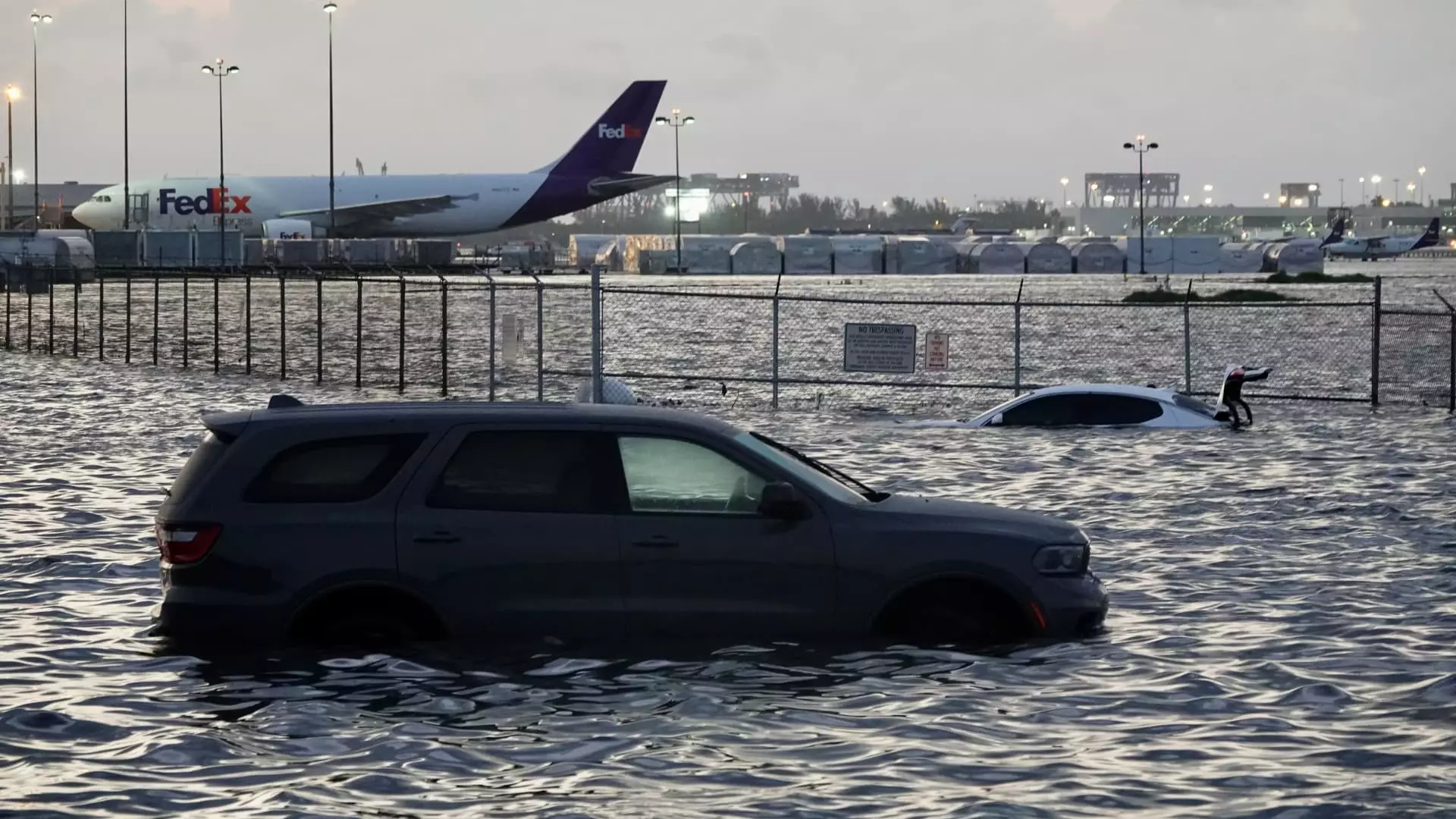The crumbling state of U.S. infrastructure exposes a nation woefully unprepared for an era defined by unprecedented climate upheaval. Our roadways, bridges, airports, and communication networks, foundational to modern society, are increasingly vulnerable—bursting at the seams from outdated designs and insufficient investment. As climate change accelerates, these vulnerabilities threaten not only convenience but also public safety and economic stability. This isn’t mere neglect; it’s a flagrant disregard for the tangible risks that an unaltered course presents.
The latest reports from the American Society of Civil Engineers (ASCE) paint a bleak picture: an overall grade of “C,” signaling mediocrity at best and impending disaster at worst. Every category of infrastructure—power grids, airports, telecommunications—faces mounting threats from severe weather events, which are becoming the new normal. Historic rainfall floods runways; scorching heat warps metal structures; relentless storms batter communication towers—all serve as stark testimony that our infrastructure is fundamentally ill-equipped for tomorrow’s climate realities. The true danger lies in our complacency—designs of the past are no match for the extremes we face today.
The Cost of Inaction: A Growing Security and Economic Threat
The risks imposed by climate-induced disasters are uneven but increasingly pervasive. Reports indicate that nearly one-fifth of U.S. power infrastructure lies at high risk from floods, wind, and wildfires. Telecommunication systems and airports are not spared—being equally vulnerable. Many of these facilities, constructed decades ago, did not account for the intensity of storms or the rising sea levels we are now witnessing. This dissonance between infrastructure capacity and climate realities spells disaster for the economy and national security, as state and federal agencies grapple with how to adapt.
The financial implications are staggering. The American Society of Civil Engineers estimates a demanding $3.7 trillion needed over the next decade just to bring infrastructure to a minimally resilient state. Yet, political inertia, coupled with misplaced priorities, hampers progress. Federal funding — exemplified by recent cuts and program cancellations—undermines efforts to fortify this critical backbone of society. It seems as though policymakers are choosing short-term budget conservatism over long-term resilience, ignoring the increasing frequency and severity of climatic events.
The investment community is beginning to take notice, with financial institutions like JPMorgan Chase urging clients to reconsider how they allocate capital amidst these shifting risks. Questions about insurance, infrastructure investments, and climate adaptation are becoming central to financial planning. Unfortunately, without decisive action, the nation’s infrastructure remains a fragile patchwork—more vulnerable with each passing year, risking collapse under the weight of future storms, heatwaves, and rising waters.
Science Under Siege and a Critical Need for Leadership
At the heart of effective adaptation lies scientific knowledge—yet, that very foundation is under threat. Under political shifts, crucial agencies like NOAA, FEMA, and the NIST have seen their capacity to produce and disseminate climate science sharply curtailed. These cuts threaten to undermine the data-driven approach necessary for designing resilient infrastructure. Without accurate, reliable information, construction and policy decisions become random gambles with public safety.
This climate of scientific neglect embodies a dangerous narrative that downplays or dismisses the realities of climate change. As science-based risk assessments become harder to access and trust, policymakers and developers may continue to cling to outdated strategies, irreversible even as climate extremes intensify. The nation faces a crucial crossroads—either invest in robust, science-informed infrastructure or risk a future where preventable disasters become norm rather than exception.
Long-term resilience requires more than just increased funding; it demands genuine political will to elevate climate science, prioritize infrastructure, and implement forward-looking designs. Without these steps, the United States continues to march blindly toward a future marked by widespread failures, economic disruptions, and diminished public safety. When infrastructure fails, communities suffer, the economy stalls, and the nation’s reputation falters—all consequences that can no longer be ignored.

